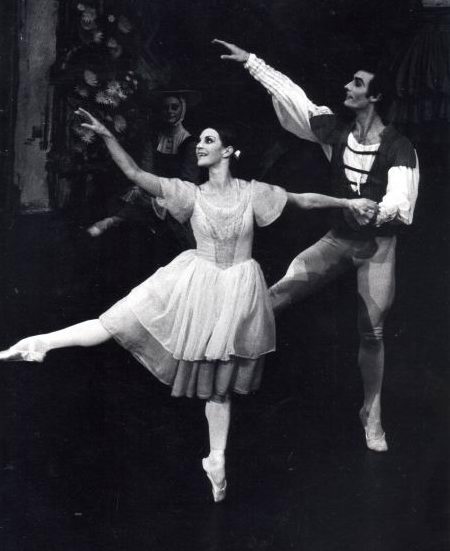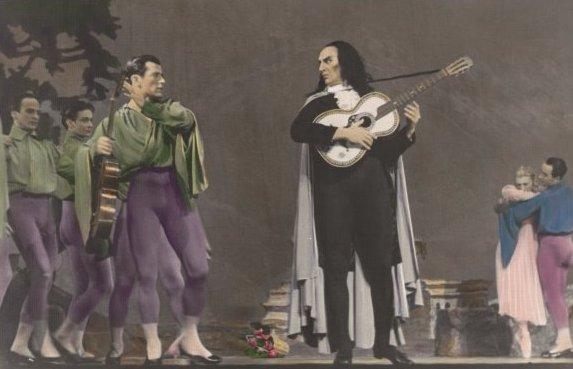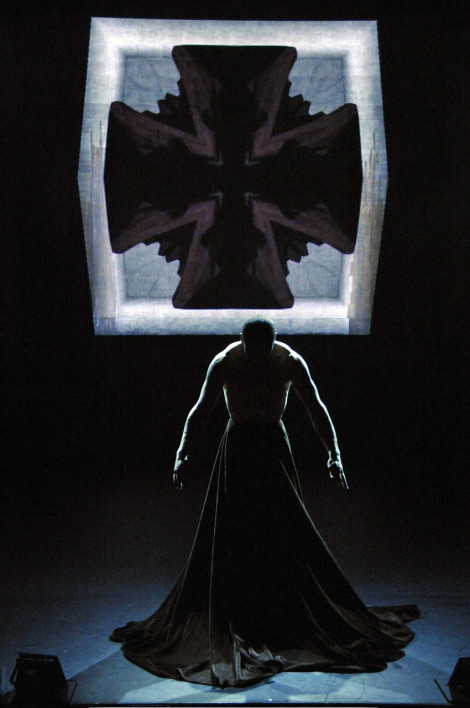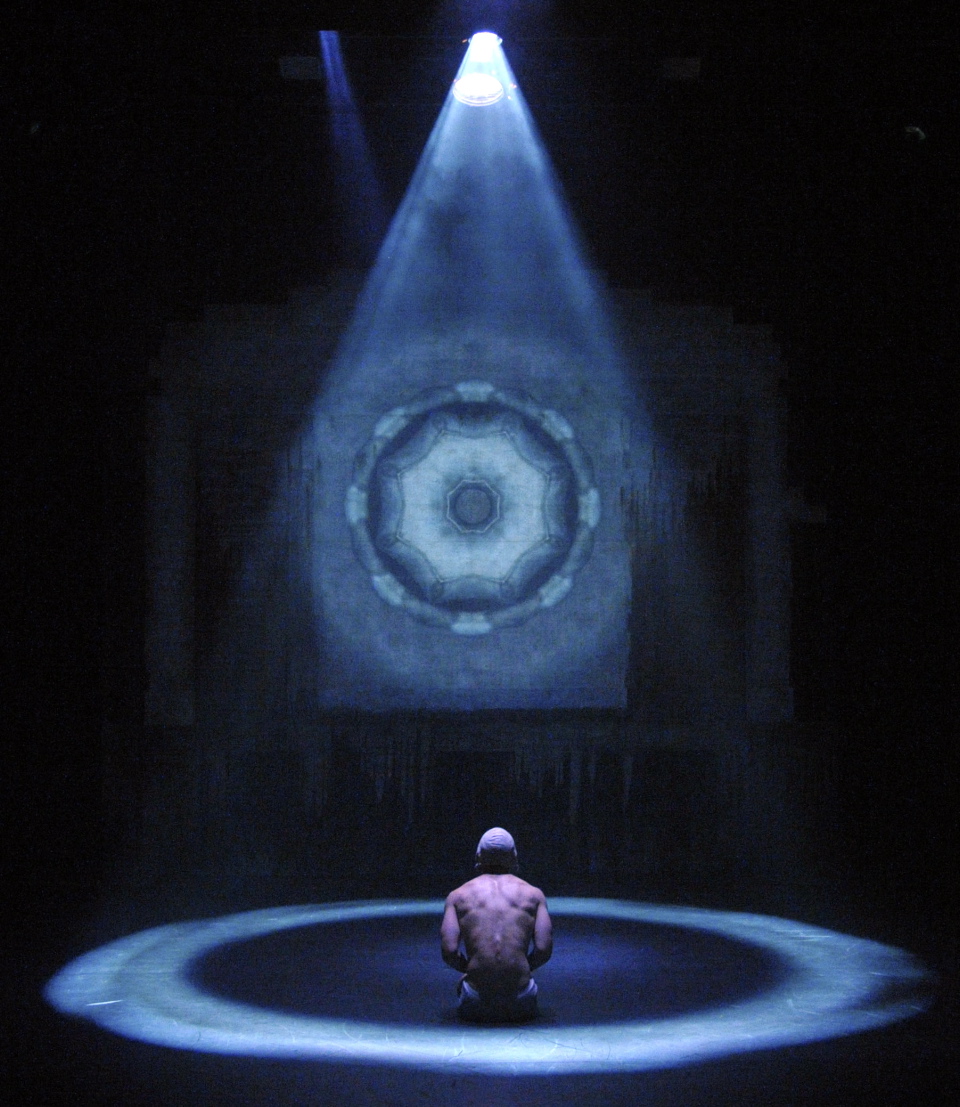When the Australian Ballet announced its 2010 season in September 2009, one of the most appealing aspects of the year long program was the prospect of a tribute season called Peggy! The ‘Peggy’ of the title is of course the Australian Ballet’s inaugural artistic director, Dame Peggy van Praagh. The program features works with which she is closely associated in some way and is also a centenary celebration of her birth in 1910. Peggy! will be seen only in Melbourne in eleven performances between 25 June and 5 July 2010.
Perhaps the most interesting of the works on the program is a pas de deux choreographed by Dame Peggy in 1973, which she made to be inserted into Act I of her 1965 production of Giselle. The pas de deux is not well known. Recent Australian Ballet audiences are probably more familiar with Maina Gielgud’s production of Giselle, which she first staged for the Australian Ballet in 1986. Van Praagh’s pas de deux does not appear in this production. The Gielgud production remained a mainstay of company repertoire throughout Gielgud’s reign as artistic director and beyond. After leaving the company at the end of 1996, Gielgud returned ten years later in 2006 to stage it once more for the Australian Ballet. The van Praagh production of Giselle, with its distinctive pas de deux, was revived briefly by Ross Stretton for the Australian Ballet in 2001, but has not been staged since.
In a program note for the 1973 season, the company’s then musical director, John Lanchbery, wrote: ‘As a novelty there is a new pas de deux for Giselle and Albrecht in Act I which I have orchestrated and adapted from Soviet sources’. The pas de deux is rather more than the ‘novelty’ of Lanchbery’s note, unless one considers that Lanchbery was using the term in its less popular sense of ‘something new’. It is certainly not a ‘decorative trinket’, to use the word in its more popular sense. Choreographically, its Cecchetti-inspired use of epaulement and its light as a feather jumps are a delight, as is its denouement into its final, charming pose. Dramatically, it serves to establish early on, and in more depth than is usual in other productions, the relationship between Giselle and Albrecht. It also anticipates their Act II pas de deux and, as a result, the dramatic tension of the work is heightened when the Act II pas de deux is performed.

Van Praagh’s biographer notes that, while she could probably not be considered a choreographer in her own right, she was adept at ‘imitating a choreographic style in the mode of either Petipa, Bournonville or Cecchetti’. This is probably true, but it is sad in many ways to be seeing the van Praagh Giselle pas de deux out of context. Its charm, however, makes it worth seeing, even as a kind of divertissement.
The Peggy! program also includes a staging of Antony Tudor’s 1938 ballet Gala Performance, in which Van Praagh created the role of the Russian ballerina. She also staged the work on various companies and her choreographic notes from her staging for the Royal Swedish Ballet in 1957 exist in her collection of papers at the National Library of Australia. They can be seen online at this link.
Peggy! also includes the Garland Dance from van Praagh’s 1973 production of The Sleeping Beauty, made in conjunction with Robert Helpmann, the pas de deux from Frederick Ashton’s Cinderella and Mark Annear’s work from 2004, Birthday Celebration.
© Michelle Potter, 29 September 2009
BIBLIOGRAPHY:
- Christopher Sexton, Peggy van Praagh: a life of dance (Melbourne: Macmillan, 1985)


